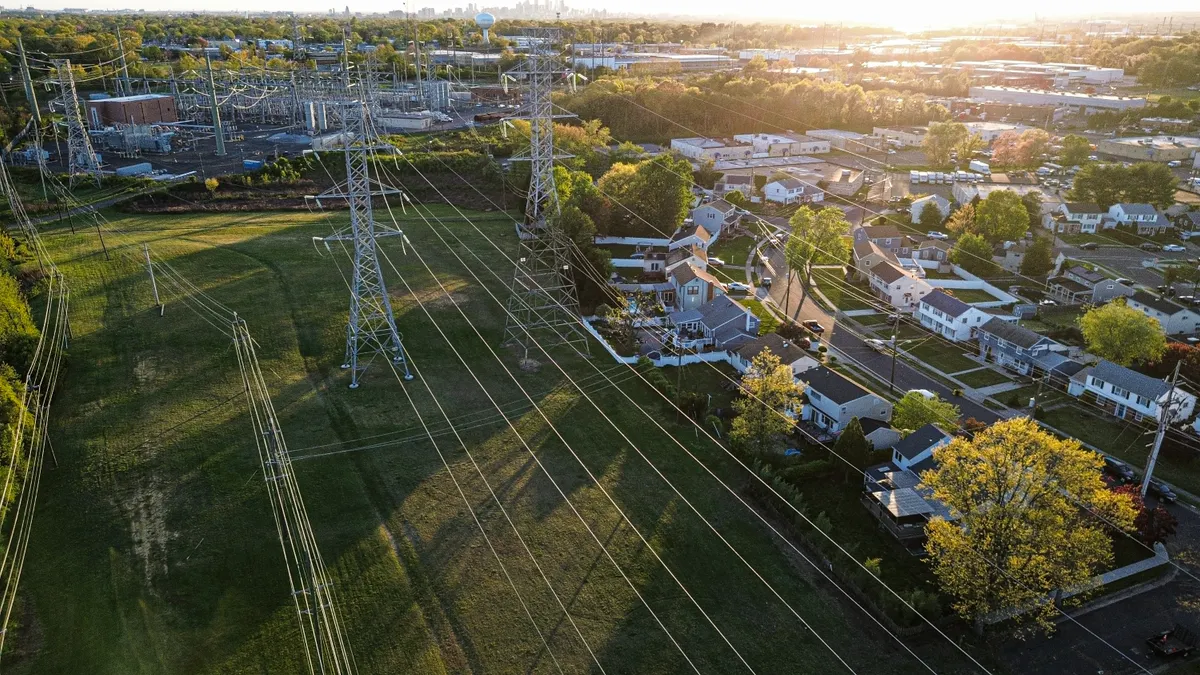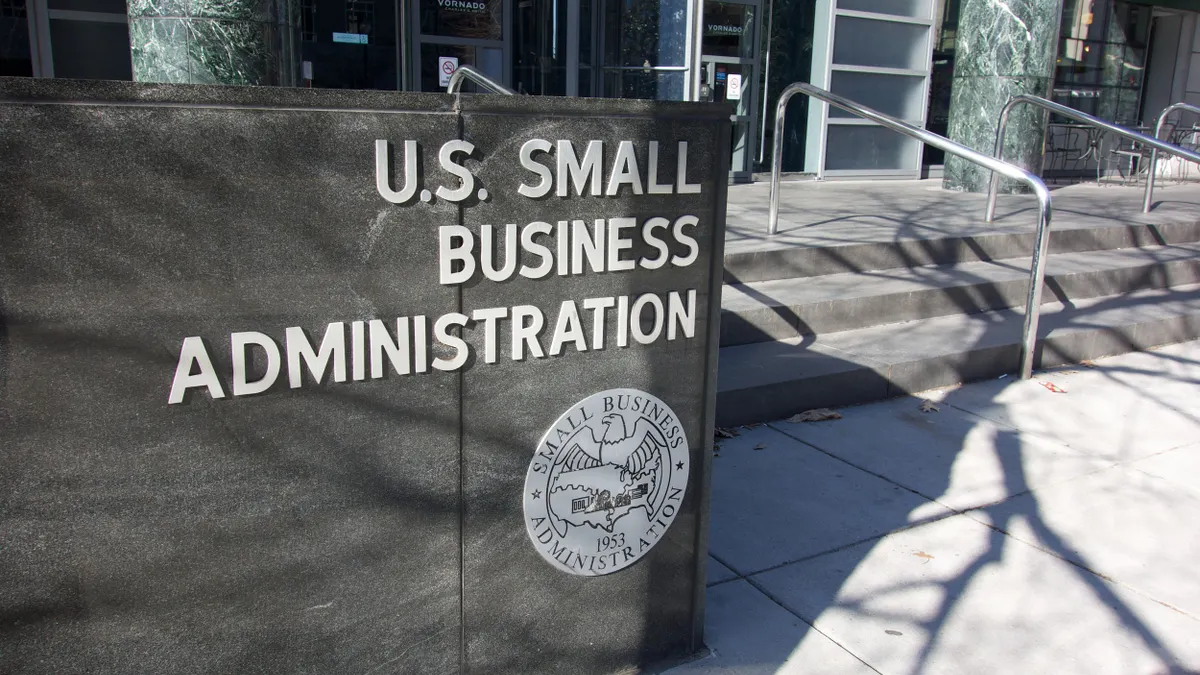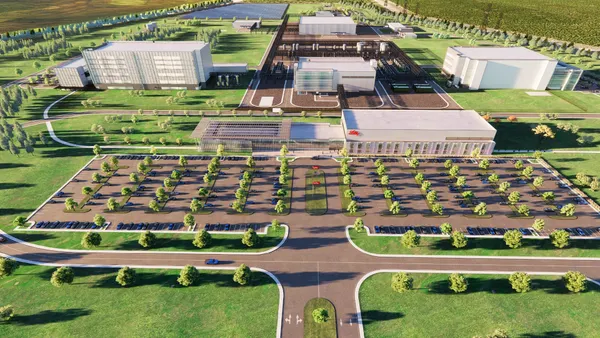With a staggering 22% year-over-year increase, the record-setting capacity prices established during PJM’s most recent auction sent shockwaves across the manufacturing sector. The looming 1.5% to 5% rate increases, could translate into millions of dollars of additional costs for industrial operations across the region. Other grid operators like ISO-NE and MISO are also seeing price hikes, though none approach the levels seen in PJM.
The surge reflects a tightening of supply-demand conditions driven by explosive load growth from data centers and traditional manufacturing alike and the prolonged delays in bringing new generation online. In response, manufacturers in Ohio and beyond are increasingly choosing onsite power as a preferred solution against future volatility. High-efficiency fuel cells, in particular, offer a cost-competitive, reliable option that can control energy costs amid mounting grid uncertainty.
Why electricity prices are on the rise
PJM, which serves 67 million customers in all or parts of 13 states and the District of Columbia, is the largest grid operator in the U.S. As such, it holds the country’s biggest power capacity auction each year. The auction sets the price paid to power generators to ensure electricity will be available when it’s needed most, such as during extreme demand events or grid stress. The results impact the price customers pay for electricity. The last two auctions set records.
During the 2024 auction, which established prices for the 2025-2026 delivery year, rates increased sevenfold, going from $28.92 per MW-day to an eye-popping $269.92/MW-day. In some zones, rates climbed to around $450/MW-day. The total cost of the auction was $14.7 billion, up from just $2.2 billion the previous year.
Prices climbed another 22% during the 2025 auction, reaching a FERC-capped $329.17/MW-day across all zones for the 2026-27 delivery year. The total cost rose to $16.1 billion, up 22% from the previous auction. PJM said that without the FERC price cap, prices could have reached nearly $389/MW-day.
Other grid operators are seeing capacity price increases, though most are more modest. During its 2024 auction, which set rates for 2027-28, ISO-NE saw rates jump from $86/MW-day to $119.33/MW-day. NYISO winter prices rose from $1.86 in 2019-20 to $78.47/MW-day in 2023-24. MISO’s summer and spring seasonal auctions saw a threefold increase to around $30/MW-day for the 2024-2025 planning year.
Supply and demand mismatch drives up prices
These skyrocketing capacity prices signal tight supply and demand in the electricity market.
“PJM’s last two record-breaking auctions highlight just how severely its supply and demand imbalance has worsened,” said Dan Degan, Enterprise Sales at Bloom Energy.
Multiple factors contribute to this condition, including growing demand from large loads such as data centers, new manufacturing, generator retirements and the and the lenghty time to interconnect new generation assets; (almost 4 years in PJM currently). Data centers, which can require hundreds of megawatts of power each, are expanding rapidly across PJM, with Central Ohio and Pennsylvania seeing brisk growth. At the same time, bringing new generation online requires navigating PJM’s years-long interconnection queue. Currently, more than 2,000 new generation projects totaling over 2.9 GW are waiting in the queue. Adding to the challenge, PJM paused its interconnection queue in 2022, preventing new projects from entering the line.
Onsite generation provides access to affordable power
Manufacturers are increasingly turning to fuel cells to produce electricity on-site. This gives them control over their energy supply and reduces operating costs and exposure to volatile market prices.
Fuel cells are particularly attractive because they combine high efficiency with sustainability. Many systems operate at efficiency rates of 60% or higher, converting a greater share of fuel into electricity than traditional combustion-based generation. They also produce minimal emissions, helping facilities manage energy costs while supporting environmental goals.
Highly reliable, fuel cells provide continuous baseload power, so operations are less vulnerable to outages or grid instability. Manufacturers can also deploy them more quickly than waiting for new utility connections or grid upgrades, bringing additional power online faster as demand rises.
For many manufacturers, the decision to adopt onsite fuel cells is driven by financial considerations, according to Degan. “Their primary concern is reducing and controlling costs,” he said. The predictable onsite generation that fuel cells provide allows manufacturers to reduce their reliance on the grid, mitigating the impact of fluctuating grid prices and directly lowering operating expenses.
As one example, food giant Conagra generates approximately 6 MW of electricity for two of its Ohio plants using Bloom Energy fuel cells. This translates to around 75% of the plants’ annual demand. Onsite generation with fuel cells has provided the company both long-term energy cost stability and visibility, as well as a 26% savings on annual electricity costs, explained Degan.
Fuel cells also generate Alternative Energy Credits (AECs), which are tradable certificates proving that one megawatt-hour of electricity came from an eligible clean energy source.
Utilities in some states, such as Pennsylvania, are required to purchase a certain number of these credits each year. Due to the widening gap between supply and demand, as well as the increase in electricity purchases in general, these AEC credits are expected to continue to trade well above their historical averages for years to come.
“The gap between supply and demand is getting wider, especially in PJM. This keeps the value of AECs high,” Degan said. “Every megawatt-hour generated by a fuel cell not only offsets grid consumption but also produces AECs that manufacturers can monetize or apply toward regulatory obligations, lowering their effective cost of electricity.”
Adopting an energy strategy that works
As capacity prices continue to soar in PJM and across the country, forward-looking manufacturers are acting now to secure control over their energy future.
Bloom Energy’s Solid Oxide Fuel Cell Energy Server® systems provide a proven path forward, with more than 1.5 GW of installed capacity supported by $6 billion in project financing and a 17-year record of reliability.
Deployed behind or in front of the meter, Bloom’s modular, high-efficiency systems enable manufacturers to reduce exposure to volatile markets, capture added value through AECs and achieve long-term cost stability while supporting sustainability goals.
To learn how onsite fuel cells can become a core part of your energy strategy, contact Bloom Energy or click here.










